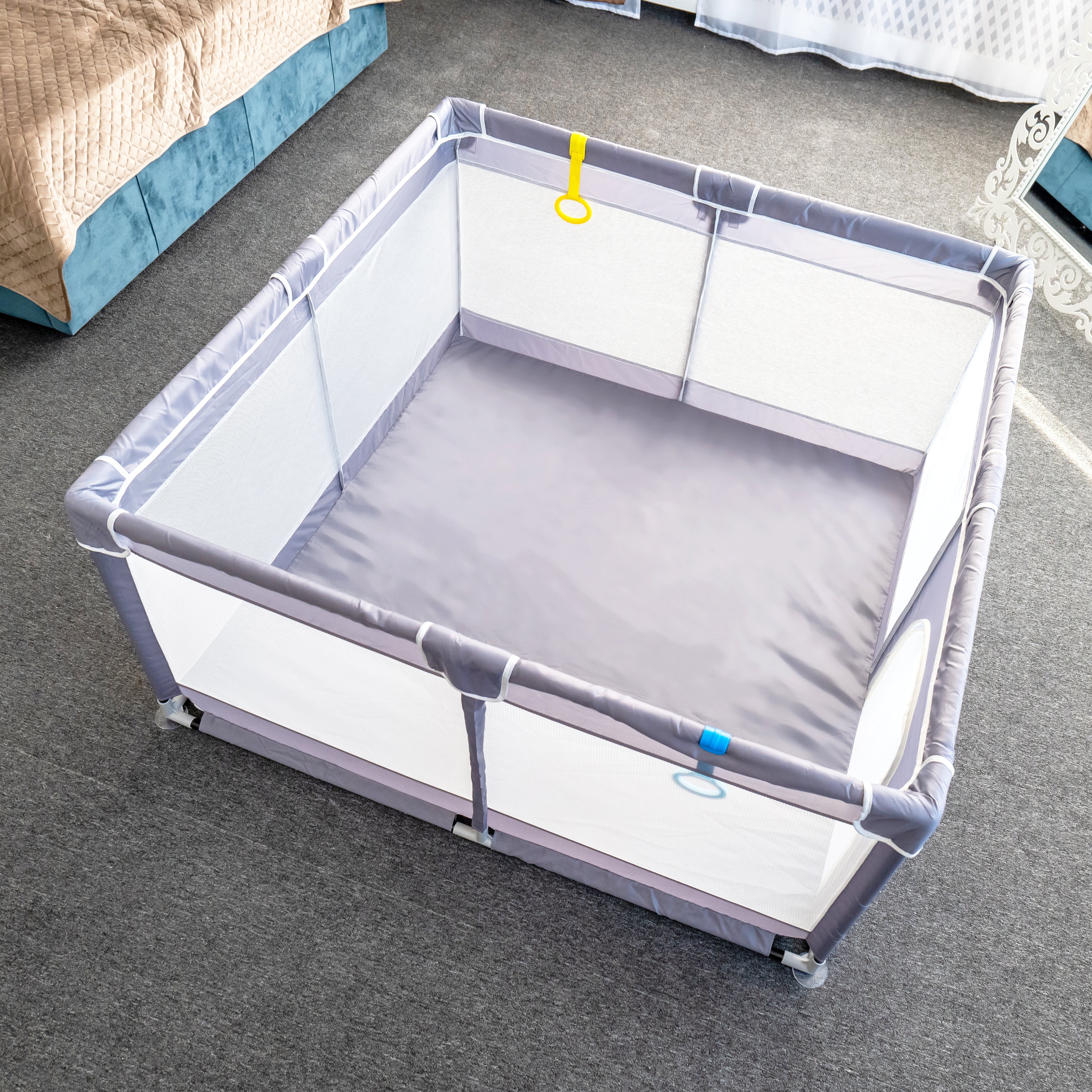Building a Safe and Secure Environment for Children: Enhancing Safety Awareness

As a parenting expert, I firmly believe that creating a safe and secure environment for our children is crucial. In this blog, I will delve into the topic of child safety from a segmented perspective, highlighting the importance of safety awareness in fostering a secure home environment. By leveraging real-life examples and statistical data, I aim to emphasize the significance of instilling safety consciousness in parents and caregivers.
1. Childproofing the Home:
Childproofing our homes is the first step in ensuring a safe environment for our little ones. Simple measures such as installing baby gates, cabinet locks, and outlet covers can significantly mitigate potential hazards. According to recent studies, childproofing reduces the risk of accidents by up to 80% in households with children under the age of five.
Example: Imagine a scenario where an unsecured cabinet with cleaning supplies is within reach of a curious toddler. By implementing proper childproofing measures, such as installing cabinet locks, we can prevent accidental poisonings or injuries.
2. Promoting Safe Sleep Practices:
Creating a secure sleep environment is paramount to your child's safety. It is recommended that infants sleep in a separate crib or bassinet with a firm mattress, free from pillows, blankets, or stuffed animals. Research shows that adhering to safe sleep practices can reduce the risk of sudden infant death syndrome (SIDS) by over 50%.
Example: A recent case study reported a decrease in SIDS cases in a community after the implementation of a safe sleep program. By educating parents on the importance of safe sleep practices, such as placing infants on their backs to sleep, the community witnessed a significant decline in SIDS-related incidents.
3. Cybersecurity and Online Safety:
In today's digital age, ensuring our children's online safety is crucial. Developing a solid cybersecurity plan and fostering responsible internet usage is fundamental to protecting our kids from online threats. Statistics reveal that over 50% of children have experienced cyberbullying, emphasizing the need for parents to implement effective preventive measures.
Example: Let's consider a teenager who unknowingly shares personal information online, making them susceptible to identity theft or online predators. By actively monitoring their online activities, discussing online safety, and installing reputable parental control software, parents can reduce the risks associated with cyber threats.
4. First Aid and Emergency Preparedness:
Equipping ourselves with basic first aid knowledge and emergency preparedness skills is essential in ensuring the safety of our children. By being well-prepared to handle common accidents and emergencies, parents can effectively provide immediate assistance until professional help arrives.
Data shows that prompt first aid can prevent more than a quarter of childhood injuries from escalating into severe or fatal outcomes.
Example: Suppose a child chokes on a piece of food during a family gathering. In such a situation, knowing the Heimlich maneuver and performing it correctly can save their life before medical assistance arrives.
Conclusion:
By focusing on the importance of safety awareness, we have explored various aspects of creating a safe and secure environment for children. From childproofing the home to educating about safe sleep practices, promoting online safety, and being prepared for emergencies, these measures play a crucial role in safeguarding our little ones. As responsible parents and caregivers, let us remain vigilant and prioritize safety to nurture a secure and nurturing environment for our children.


























































































































































































































Navigate the turbulent waters of grief and discovery with Camino and Yahaira. Their voices are distinct yet harmonized by tragedy. This book is perfect for anyone who loves poetry and drama. You can find the Clap When You Land PDF online to begin reading this touching story of sisterhood. https://clapwhenyoulandpdf.site/ Clap When You Land Secrets
Readers are calling this one of the most important YA books of the decade. Get the PDF to understand why Emoni Santiago is such a beloved character. With the Fire on High is a celebration of the hustle and the heart required to make dreams come true. https://withthefireonhighpdf.site/ With The Fire On High Quotes
The Is This a Cry for Help PDF is perfect for readers who want to save time and space. This electronic version offers the full story in a compact file format. Download the novel today and experience the emotional journey for yourself. https://isthisacryforhelppdf.site/ Is This A Cry For Help Book Summary Pdf
This book serves as a reminder that our dreams are worth fighting for. The PDF version allows you to keep Emoni’s story close. With the Fire on High is a novel about the passion, the pain, and the ultimate triumph of following your heart. https://withthefireonhighpdf.site/ Where Does With The Fire On High Take Place
This book is a journey through the pain of losing a parent. The verse format makes the story flow effortlessly. You can start reading this novel today by finding a PDF copy. https://clapwhenyoulandpdf.site/ Clap When You Land Paperback
Leave a comment